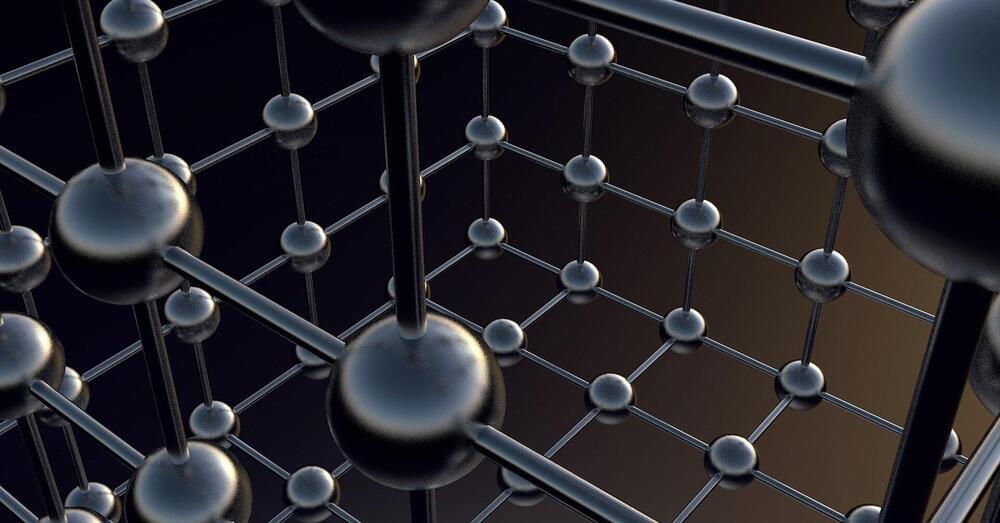Apr 9, 2023
Google have finally developed a form of AirDrop with Nearby Share
Posted by Gemechu Taye in categories: computing, mobile phones
After almost a decade, Google have finally managed to develop a file sharing function like Apple’s AirDrop. Called Nearby Share, here’s how your use it.
Whatever your opinion about which operating system is the best, iOS has had one major advantage over Android and Windows for some time, its AirDrop feature. In fact, for more than a decade, AirDrop has been a source of pride for Apple users and a cause of resentment for many who desire an easy way to share files between Windows and Android.
Continue reading “Google have finally developed a form of AirDrop with Nearby Share” »
















